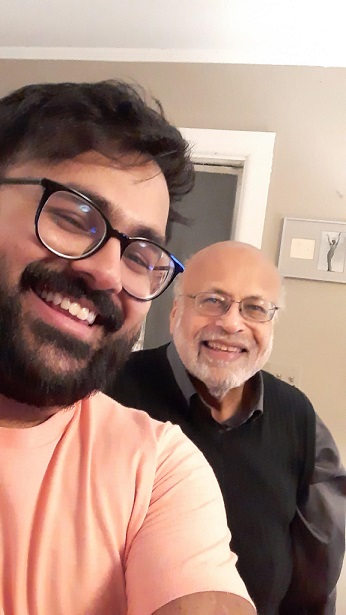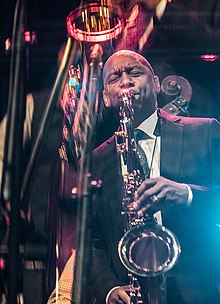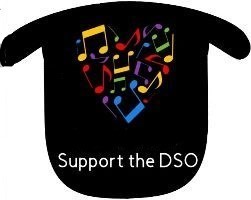Monday Musicale with the Maestro – June 14, 2021 Miles Davis: His Art and Affliction.
Juneteenth is a celebration of the formal end of slavery in Texas on June 19th, 1865. It was the last ex-Confederate state to do so. The day is also known as “Freedom Day.” This year the day will also be World Sickle Cell Day. This is an inherited disease that affects many African Americans of Sub-Saharan descent. Arvind Subramaniam, a brilliant 24-year-old man who I have been mentoring has made it part of his life’s work to care for sickle cell patients and to find a cure for them. I met him several years ago when I was a guest conductor for the UNC-Chapel Hill Band and Wind Ensemble.

Arvind Subramaniam graduated from the University of North Carolina at Chapel Hill with a double major in Music Performance and Exercise and Sport Science, and after graduation joined the Sickle Cell Hematology team at Duke University as a researcher. Arvind is currently finishing his master’s degree at North Carolina State University and will be applying to medical school.
Arvind’s musical talent is exceptional as a saxophonist and composer. And his sincerity about helping others through the medical profession qualifies him to be called “an earth angel.” It is Arvind who has made me more aware of sickle cell disease. In talking to him, I discovered that one of the great jazz legends, Miles Davis (1926-1991) suffered many years from the arthritic pain that is part of this disease.

I love jazz, but I admit that his life and music have been a gap in my education. As I began to discover his musical and personal legacy, Arvind suggested that we make a short video about my thoughts regarding this jazz giant.
Video: Miles Davis Warrior Story for Quest Explore SCD
In “schooling” myself about Miles Davis, I began by reading Miles: The Autobiography, by Miles Davis with Quincy Troupe. It is a deeply absorbing book that reveals his love for music and his colleagues, as well as the physical and emotional torments that dogged the life of this very complex man. I found out that he had attended the Julliard School as a young student and had a life-long love for classical music, especially the 20th century Russian composers, Stravinsky, Rachmaninoff and Khachaturian.

I was also delighted to see no less than two glowing comments from Miles about his admiration for the saxophone playing of one of Durham’s jazz heroes, Brandford Marsalis! Brandford is a friend and colleague who I had the great pleasure of conducting in a concert with the North Carolina Symphony a decade ago in music that included the first performance of John Williams’s saxophone concerto, “Escapades” on that orchestra’s main subscription series.
If you are like I, a neophyte regarding the musical art of Miles Davis, I can recommend these albums as an introduction: “Kind of Blue” and “Sketches of Spain.”
Here is a video of Miles Davis playing his lyrical and sultry “So What” from the album “Kind of Blue.”
I appreciate many things about his music, including the improvisatory freedom and originality of his playing as well as his technical command of the instrument. I look forward to continuing my education about this jazz master.
I invite you to come see members of the Durham Symphony Orchestra team this Saturday, June 19th. The DSO will be represented at a day long event in Durham on E. Main Street from 1pm to 7pm as part of the NC Juneteenth Celebration. I will be at a booth with some of the DSO team to support this event and to pass out information about the upcoming season.
You will also have the opportunity to meet Arvind Subramaniam who will be there as part of the health fair at the event!
Visit our Facebook Event for more details and a calendar reminder: Click here!


“Monday Musicale with the Maestro”
would not be possible without your support!
Thank you for being an important part of the
Durham Symphony Orchestra family!
We gratefully acknowledge support from the City of Durham, Mary Duke Biddle Foundation, the Durham Arts Council’s Annual Arts Fund, and the N.C. Arts Council, a division of the Department, of Natural and Cultural Resources.
. 





